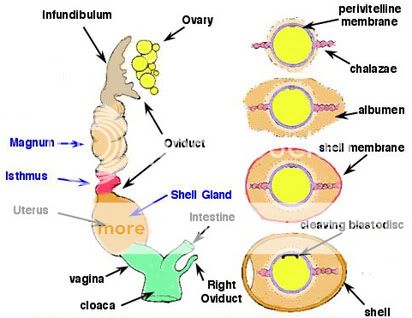Quote:
Yeah I'm in the process of looking into this NPIP right now since it's been popping up a lot in our conversations recently
Yeah I'm in the process of looking into this NPIP right now since it's been popping up a lot in our conversations recently



